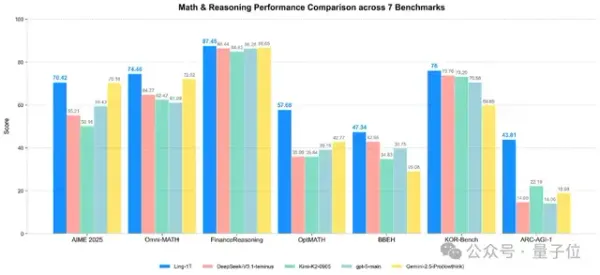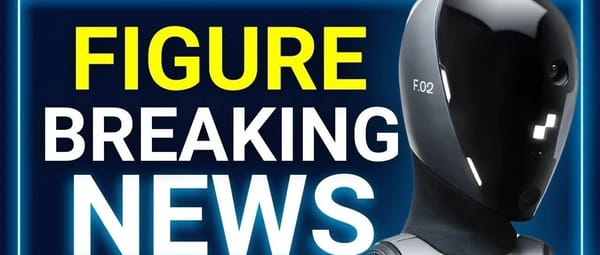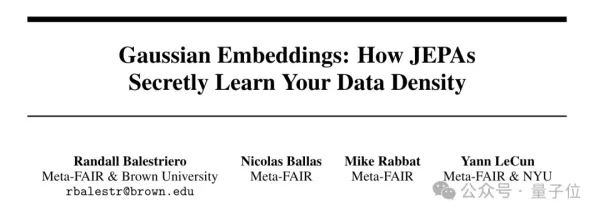Just Announced: 2025 Nobel Prize in Chemistry — The Boy Who Snuck into a Library and Changed the World
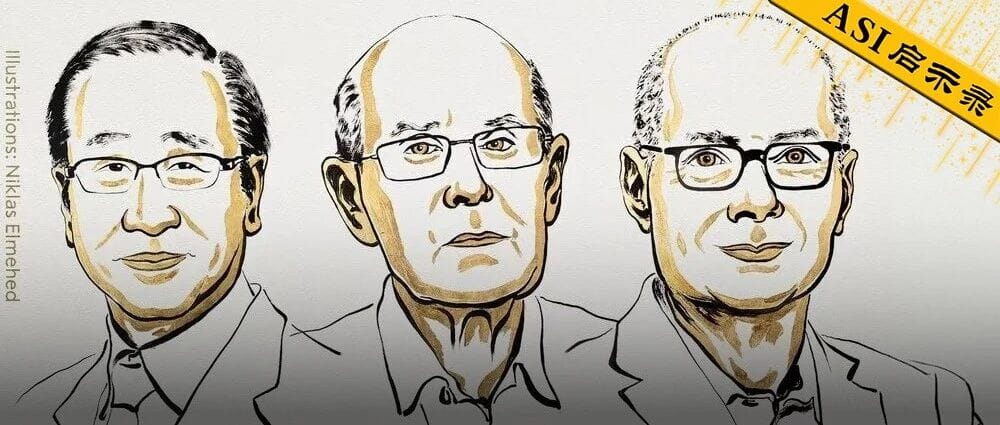
🏆 2025 Nobel Prize in Chemistry — Honoring MOF Pioneers

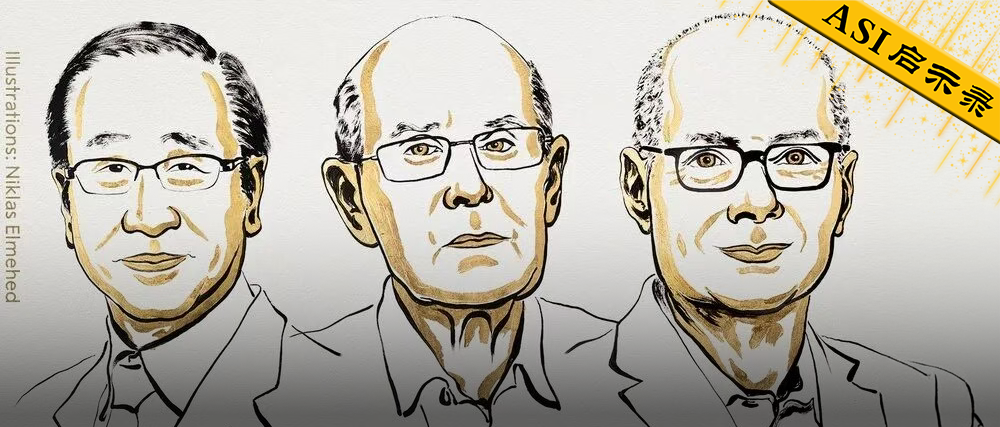
📢 Announcement
Breaking News: The 2025 Nobel Prize in Chemistry has been awarded to Susumu Kitagawa, Richard Robson, and Omar M. Yaghi for their groundbreaking work on Metal–Organic Frameworks (MOFs).
> Their pioneering research has enabled chemists to design tens of thousands of MOFs, offering solutions for water purification, carbon capture, pollutant removal, and sustainable gas storage.
Read the full ASI Frontier Trends Report →
---
🌐 What Are MOFs?
Metal–Organic Frameworks are crystalline materials built from metal ions and organic linkers, forming highly porous structures with enormous internal surface areas.
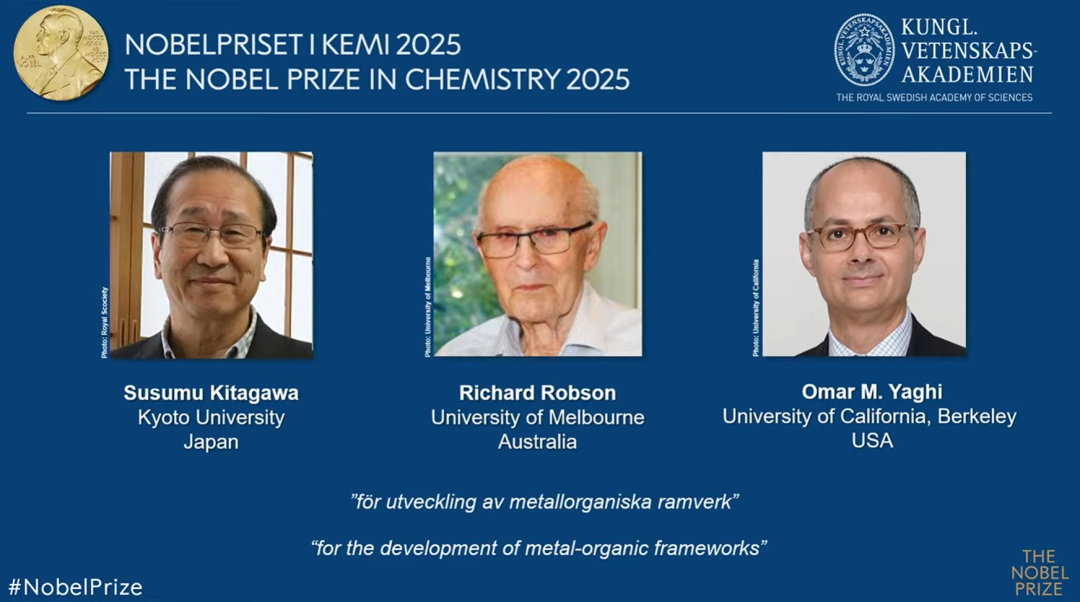
Key Applications:
- Remove PFAS from water
- Break down pharmaceutical residues
- Capture CO₂
- Harvest water from desert air
> "MOFs offer unprecedented opportunities to develop customized materials with entirely new functions." — Heiner Linke, Chairman, Nobel Committee for Chemistry
---
💡 Why They Matter
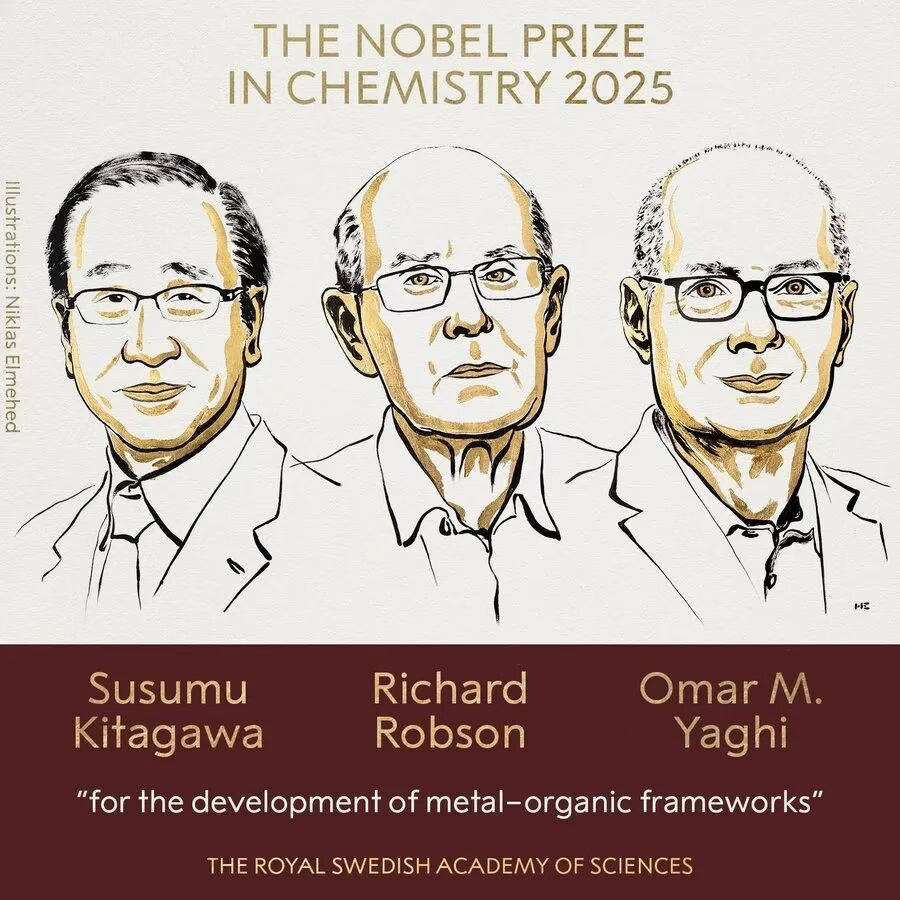
The 2025 award recognizes MOFs as versatile chemical architectures with transformative potential in:
- Environmental cleanup
- Sustainable fuel storage
- Catalytic conversion
- Precision delivery of molecules

MOFs are sometimes described as “luxurious apartments for molecules” — tailored spaces with cavities optimized to hold or react with specific substances.
---
📜 Origin Story: From Wooden Models to Molecular Innovation
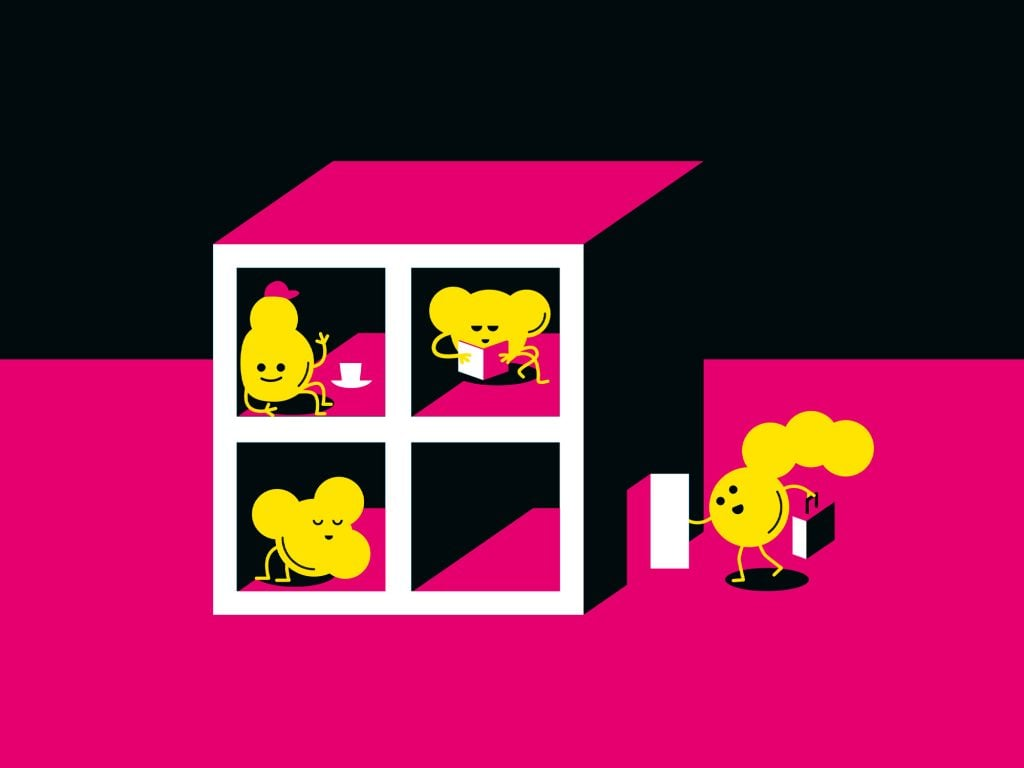
Richard Robson — The Spark (1974)

Step-by-Step:
- Teaching Tool: Tasked to create wooden atom models at the University of Melbourne.
- Observation: Exact hole positions on woodballs encode bonding information.
- Idea: Replace single atoms with multi-armed molecules to build new architectures.
- Experiment: Used copper ions + four-armed ligand → created porous crystal with huge cavities.
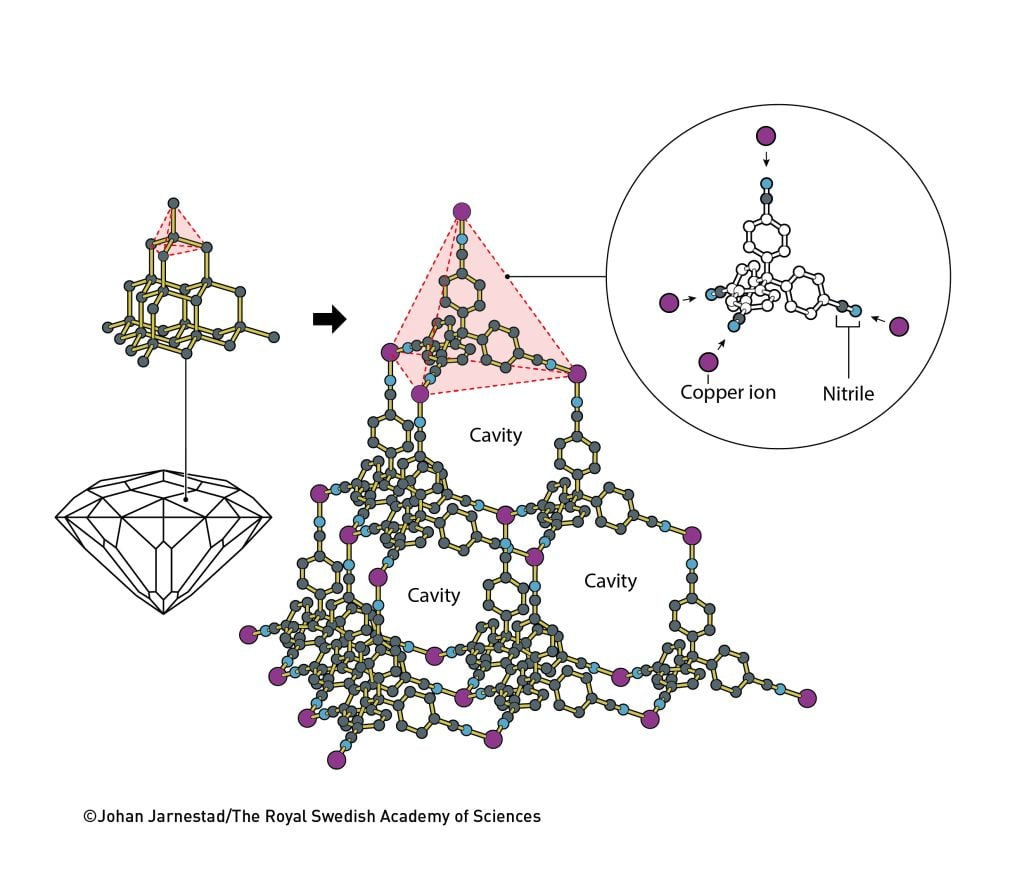
Impact: In 1989, published first porous coordination network, predicting materials with unprecedented properties.
---
Susumu Kitagawa — “The Usefulness of Uselessness”

- Inspired by philosopher Zhuangzi’s principle of finding value in the seemingly useless.
- 1992: Created 2D MOF hiding acetone molecules; material was unstable but sparked new design thinking.
- 1997: First stable 3D MOF using cobalt/nickel/zinc + bipyridine → channels remained intact after drying.
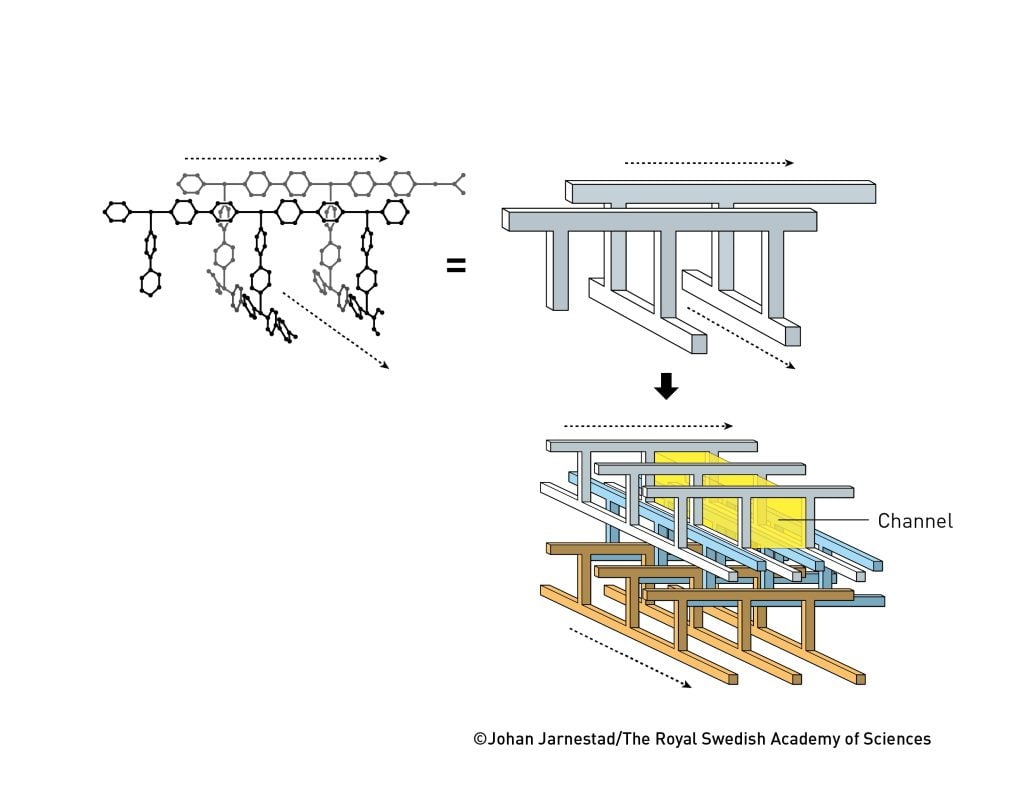
Advantages Over Zeolites (1998):
- Buildable from diverse molecules for custom functionality.
- Flexibility via organic linkers — can create “soft porous crystals.”
---
Omar M. Yaghi — Reticular Chemistry Visionary

- Childhood in Jordan, fell in love with chemistry via library books at age 10.
- 1995: Coined “Metal–Organic Framework” in Nature.
- 1999: Created MOF-5 — stable to 300 °C, surface area comparable to a football field.
---
🧪 Modern MOF Milestones
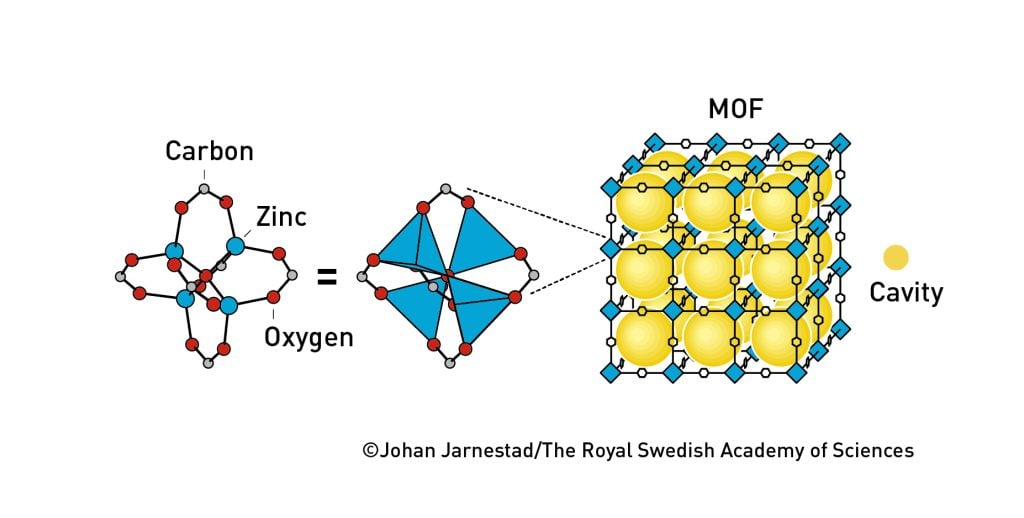
Flexible MOFs:
- Store gases like methane or water vapor; change shape but revert back when emptied.
Yaghi’s Breakthroughs (2002–2003):
- Rationally tuned cavity sizes in MOF-5 variants.
- Developed MOFs tailored for gas storage (e.g., renewable natural gas vehicles).
---
Notable MOFs & Their Functions
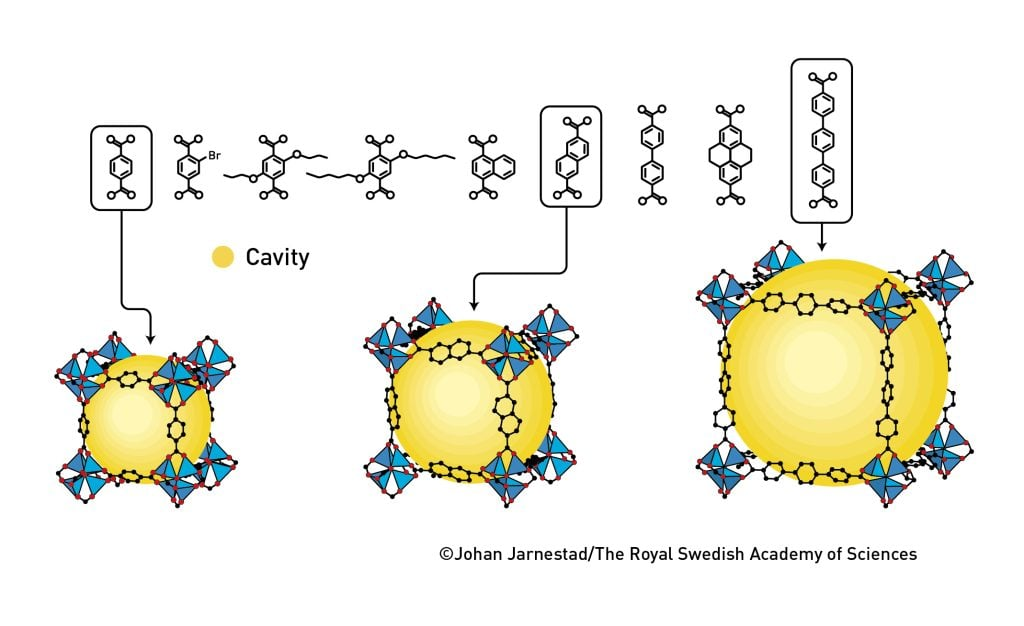
- MIL-101: Crude oil & antibiotic breakdown; hydrogen/CO₂ storage.
- UiO-67: PFAS removal from water.
- ZIF-8: Rare earth element recovery.
- CALF-20: Industrial CO₂ capture.
- NU-1501: Safe hydrogen storage at ambient pressure.
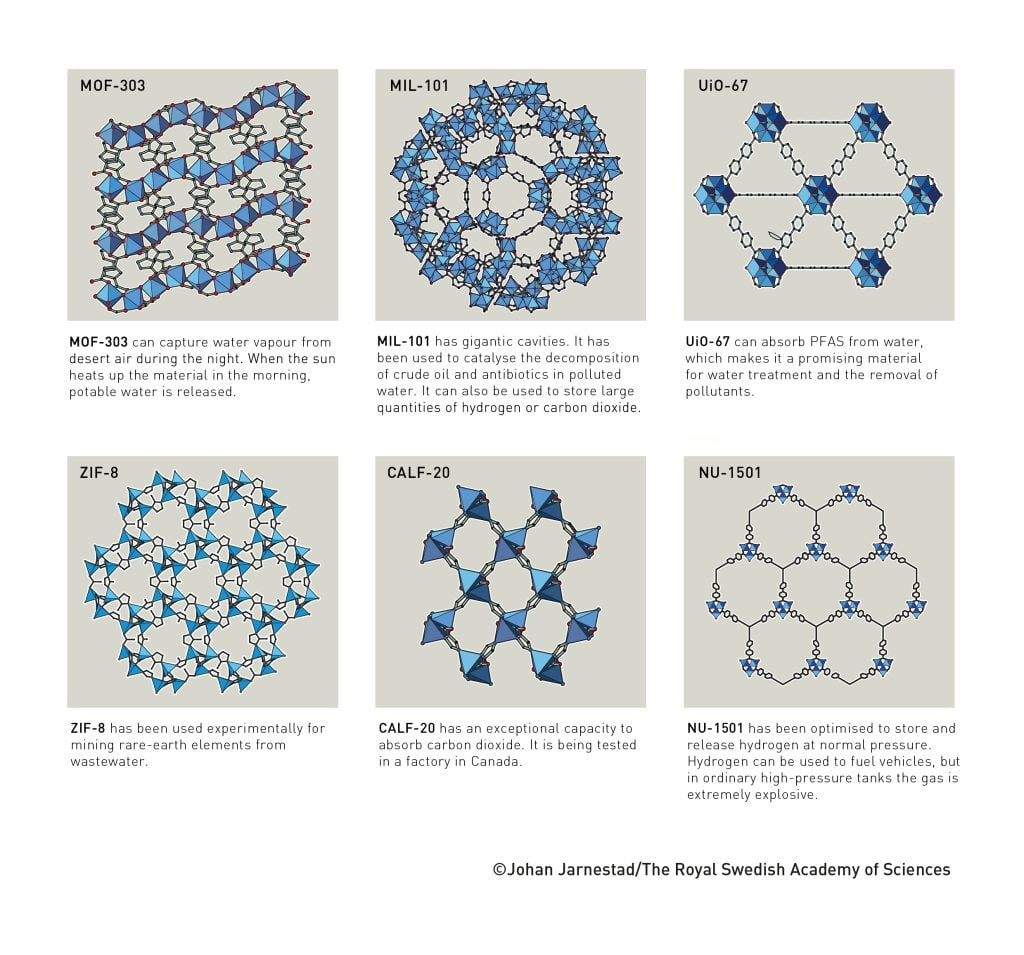
> Some researchers believe MOFs could become the defining material of the 21st century.
---
👩🔬 Awardee Profiles
Susumu Kitagawa
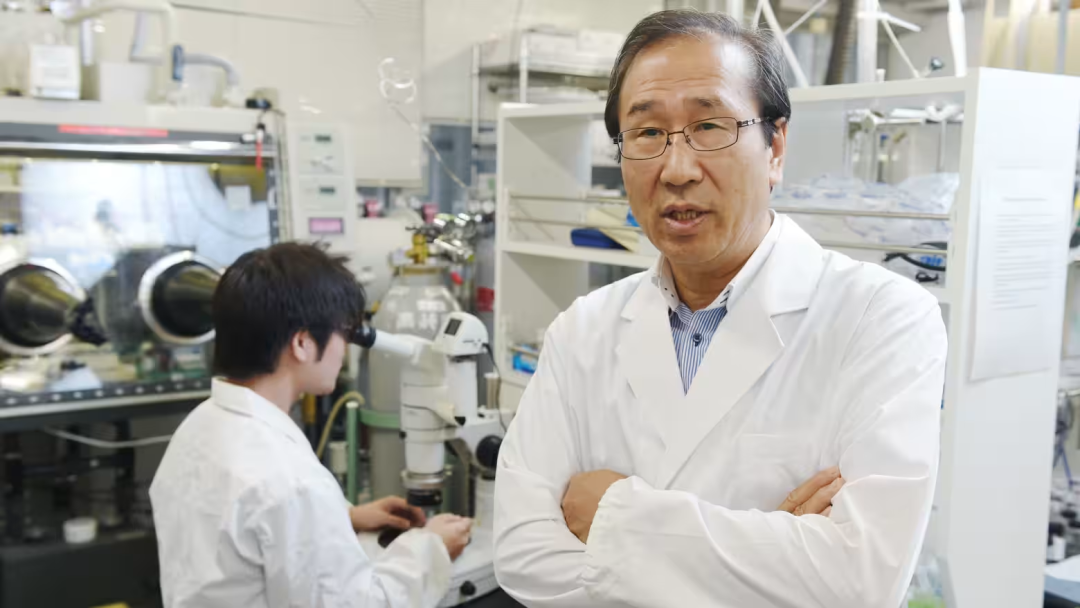
- Born 1951, Kyoto, Japan.
- Distinguished Professor, Kyoto University.
- First to demonstrate porosity in coordination polymers (1997).
- Coined “soft porous crystals.”
---
Richard Robson
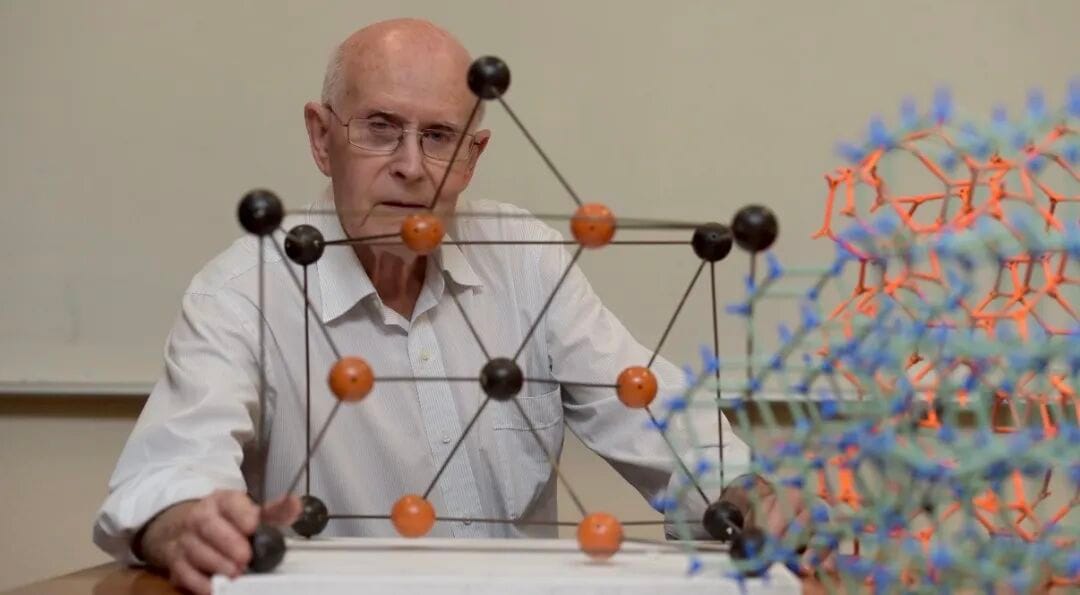
- Born 1937, Goulburn, UK.
- Professor of Inorganic Chemistry, University of Melbourne.
- Early pioneer in coordination networks.
---
Omar M. Yaghi
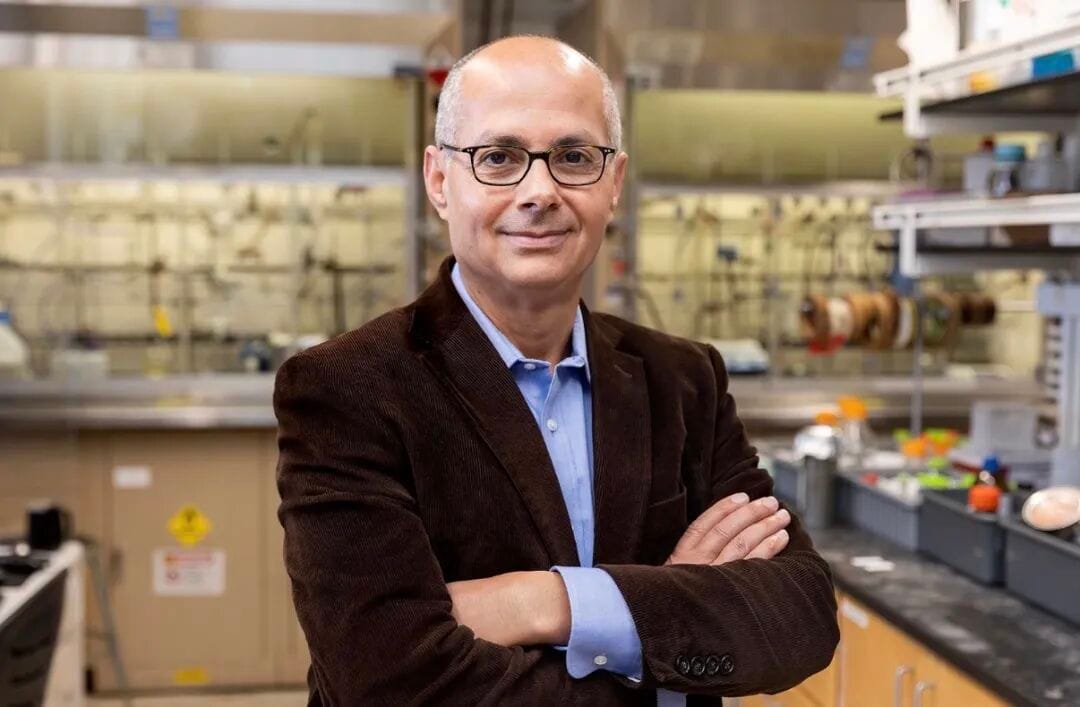
- Born 1965, Amman, Jordan.
- Professor, UC Berkeley.
- Founded Reticular Chemistry: MOFs, COFs, ZIFs.
- Research focuses on gas storage, carbon capture, water harvesting.
---
🌍 From Lab to Global Impact
Platforms like AiToEarn官网 integrate AI content creation, cross-platform publishing, analytics, and model ranking — helping scientists and creators share discoveries like MOFs with audiences across:
- Douyin, Kwai, WeChat, Bilibili, Rednote
- Facebook, Instagram, LinkedIn, Threads
- YouTube, Pinterest, X
This ecosystem ensures breakthroughs don’t remain hidden in journals — they reach and benefit the world.
---
📚 References



---
If you'd like, I can also prepare a short, infographic-style summary of this Nobel announcement, optimized for social media distribution while highlighting the key facts about MOFs and the three laureates. Would you like me to do that next?

